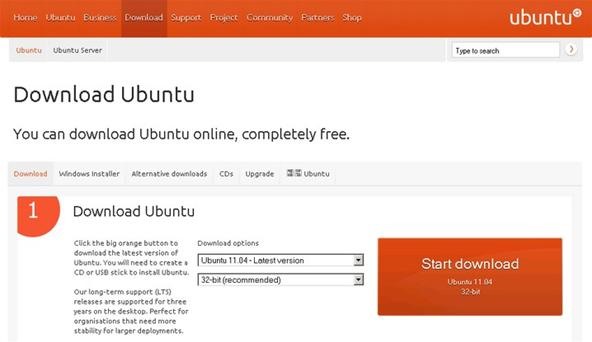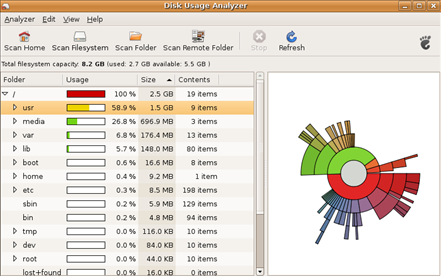

#Ubuntu disk manager how to
It also has a good help system to explain how to use certain commands, what parameters they accept, and how to specify them. Then you would need to exit parted and run an mkfs command, which in this case would be ‘mkfs.ext4 /dev/sdb1’ since an ext4 partition was created.Īn example of creating another partition. An example of using Parted would be to run ‘mkpart primary ext4 0G 250G’ to create a 250GB partition from the start of the drive. Parted has the option to search and rescue partitions that may have been lost.

However, unlike fdisk, any commands you send to Parted will be applied immediately, so you need to be more careful when using Parted. Like fdisk, Parted is another command-line tool used to manage partitions. Not a bad tool to use for the usual stuff. Like the others, you can manage your partitions with ease, and format different filesystems. Being similar to GParted, the interaction with different features will be similar too. Like GParted, a list of actions to be performed is located at the bottom of the window. It has a similar interface to GParted except with a list of drives to the left of the partition list.

This partition manager, as the title indicates, is part of the KDE toolset. Be careful, any action you take will be applied immediately as it doesn’t hold all of the actions in a queue to perform when the “Apply” button is pressed (there isn’t one).

Using GNOME Disks, you are able to mount and unmount partitions as well. If you try to add a partition with this space, you will receive an error saying that space is already occupied with a partition. One quirk seems to be that it detects swap partitions as unallocated space. In addition to creating, modifying, and removing partitions, there are options to create an image of your drive, that is, backup the drive to a file, and restore an image to a drive. The interface different from GParted, but not too difficult to find what you want. The GNOME desktop on Debian comes with a partitioning tool already installed called GNOME disks. As the changes are made, you will see what commands are being run as they are executed. Be sure to review this list carefully before applying any changes. The GUI is simple to use, select the drive, see its partitions, right-click on one to bring up a menu with options on what to do with the partition, be they format, remove, or otherwise, and continue on from there.Īt the bottom is a list of all the changes that are going to be made according to what you made GParted do. GParted is an excellent program for partition management and is widely available on numerous distributions. Entering ‘n’ is for creating a partition, ‘p’ is for listing the partition table of each drive (the same thing as entering ‘fdisk -l’ at the command prompt), ‘t’ for formatting a partition, and ‘w’ for writing a partition. Each command is invoked using a single letter, like ‘m’ to list all of the commands. Any changes made to the partition table will not be written to the drive unless the user explicitly tells it to. Interaction is done by entering a letter to invoke a command, like ‘l’ to list all of the partitions on every drive or a specified drive. This does not mean that it is difficult to use, however. 1 – FdiskĪs mentioned before, fdisk only has a command-line interface. Partitions should be unmounted whenever a change is to be made to them. Managing partitions also require administrative rights. Be sure to make backups of everything you don’t wish to lose if the worst should happen. WORD OF WARNING: Managing partitions is a high-risk activity that may result in the loss of data if you are not careful. I shall demonstrate, today, five very good Linux partition managers, both graphical and text-only. Others have a GUI (graphical user interface), like GParted. Some, like fdisk, are command-line tools. I found this site which might help you use ldconfig a bit better I guess it involves digging through some of your libraries to find what you want to work.There are many programs out there that help users manage partitions on their drives. I haven't had much experience with symbolic links, but if you feel that will be useful, I can tell you either being in root or not using a sudo may have been the problem with the ldconfig you tried (I'm looking at the "read-only"). If F1 is busy doing something, try F2, you should have TTYs available all the way up to F6. As soon as it gets stuck (while you're at the part where you could pres ESC), hit Ctrl+Alt+F1 to get into TTY (basically terminal with no GUI at all). To begin effectively fixing this, I'll suggest going into TTY while it's booted, and not just in the root menu. I'm willing to bet that some of that overrode key parts of the Gnome launch sequence. If you followed those directions exactly, it looks like you just installed a whole bunch of libraries and desktop components.


 0 kommentar(er)
0 kommentar(er)
